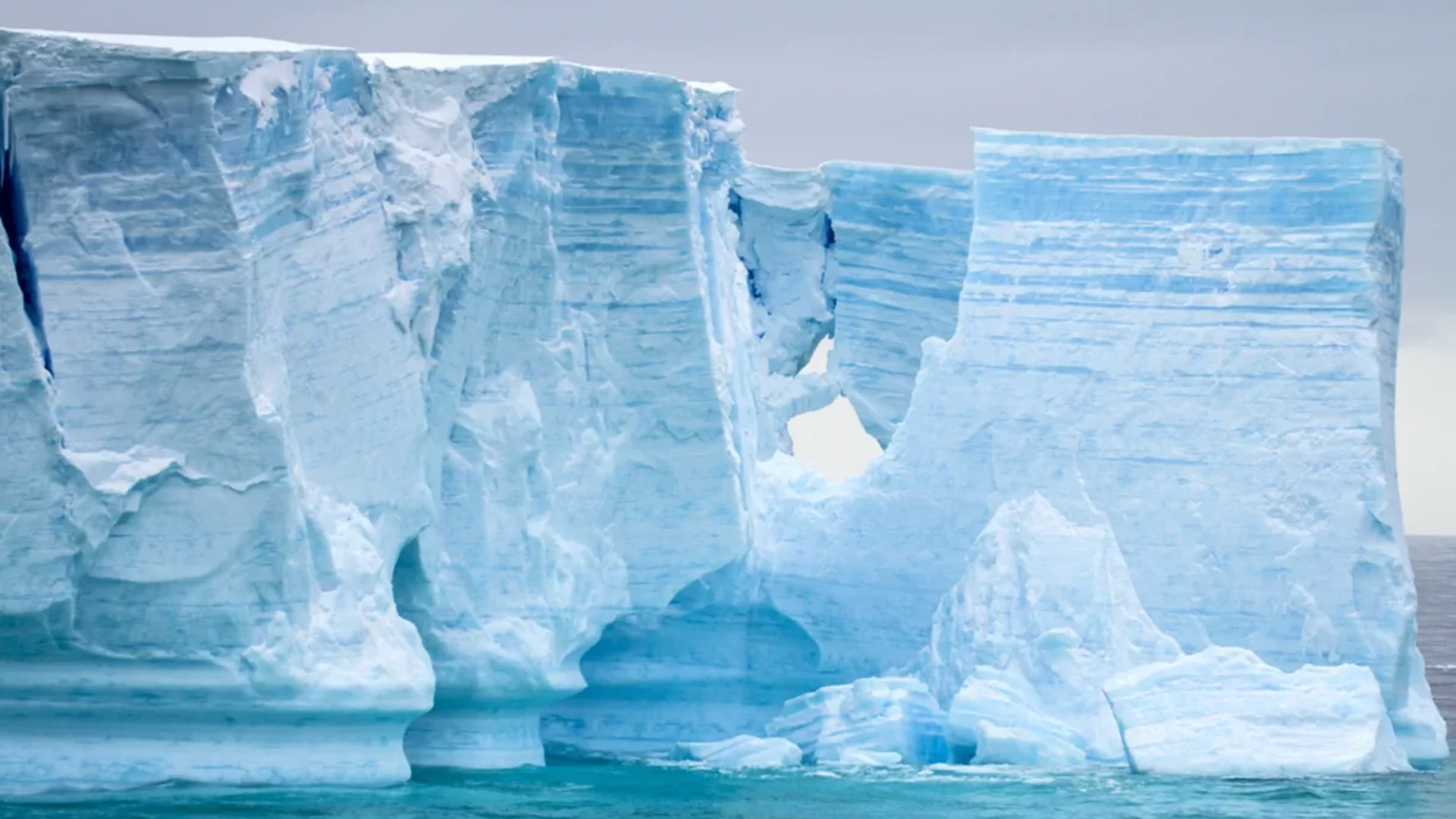Following the collapse of the land bridges between Antarctica and other continents, the opening of seaways led to a reorganisation of ocean flow in the Southern Ocean, cooling its surface.
The last land bridge connecting Antarctica to other continents, such as Australia and South America, collapsed 34 million years ago. As the Southern Ocean completely encircled the polar continent, the currents within its waters started to change fundamentally. In turn, this led to a dramatic change in temperatures, cooling the ocean’s surface waters and leading to the development of the Antarctic Ice Sheets.
In a paper appearing in the journal Nature Communications, an international team of researchers from Australia, the Netherlands, the United Kingdom, Norway, and Germany has uncovered the Antarctic ice sheet’s mysterious origins, which puzzled have scientists for almost five decades.
“In the previous week and in the lead up to COP26, we have heard a lot about modelling projections on our planet’s future. In this study, we show that it is crucial to include atmospheric CO2 conditions as well as appropriate geographies from the past to successfully model changing climates,” Katharina Hochmuth, lead author of the paper and a research associate at the University of Leicester, and member of the International Ocean Discovery Programme said in a press release.
A 600m change in the depth of an ocean gateway can cause a dramatic drop in coastal temperatures, and therefore, the fate of the Antarctic ice sheet.”
Using high-resolution simulations of the ocean circulations, researchers conclusively showed how the opening of the seaways around Antarctica fundamentally altered the ocean currents.
Researchers say as the last land bridges connecting Antarctica with Australia and South America began to collapse, it isolated the continent and led to a reorganisation of ocean currents in the Southern Ocean.
Ocean currents from the tropics brought warmer water to the Antarctic coast before the land bridges collapsed, but after the continent was isolated, the Southern Ocean seaways fundamentally reorganized ocean currents, drastically cooling the surface waters of the ocean surrounding the polar continent.
